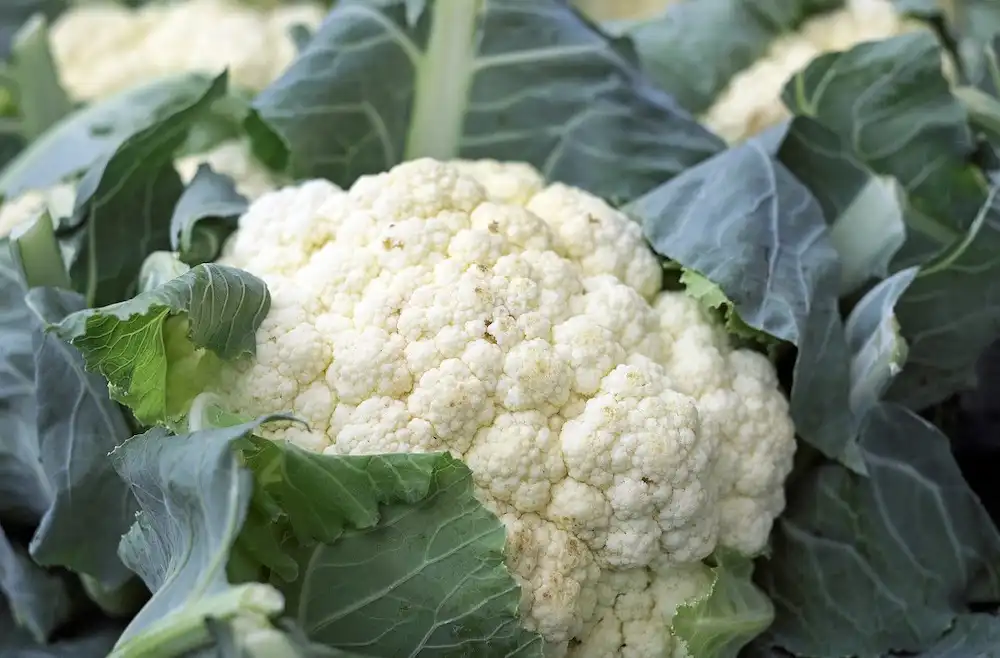A team of plant-breeding specialists at Tianjin Academy of Agricultural Science‘s State Key Laboratory of Vegetable Biobreeding and other institutions has, via genetic analysis, revealed some of the changes that cauliflower has undergone throughout its evolution.
In their paper published in the journal Nature Genetics, the group describes their study of the plant and what they learned from it.
Cauliflower is a nutrient-rich type of vegetable of the Brassicaceae family that is grown all over the world. It is believed to have been bred into existence by broccoli farmers in the Mediterranean region over two thousand years ago. Its name comes from the Italian word cavolfiore, which means “cabbage flower.”
Over time, cauliflower plants have undergone many changes, leading to hundreds of modern varieties, with 80 in just North America. The vegetable is known for its unique head of colored “curds.” In this new effort, the research team sought to learn more about its evolutionary history by conducting a genetic analysis of the plant.
In their work, the researchers analyzed 971 cauliflower genomes and other plants that are known to be related. In so doing, they produced what they describe as a genomic variation map that they suggest can serve as a high-quality reference genome for cauliflower. They also found that the plant was derived from broccoli and that its progression was step-wise.
They also found three genes that the team describes as playing an important in the plant’s evolutionary changeover from broccoli: CAULIFLOWER1 (CAL1), CAL2, and FRUITFULL (FUL2). The three genes, they found, play a major role in the formation of the tight whorls that are prime features of the head curds. The research team also found nine other genes that they were able to link to other traits of the plant, and also a zinc protein that plays a major role in controlling how tall the stem grows.
The research team concludes by suggesting their research and findings could play a role in future cauliflower breeding programs, leading to plants with more nutrition or that use less water or fertilizer.
Read the paper: Nature Genetics
Article source: Phys.org
Author: Bob Yirka






